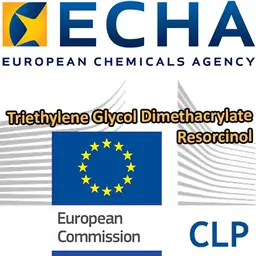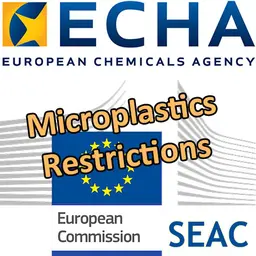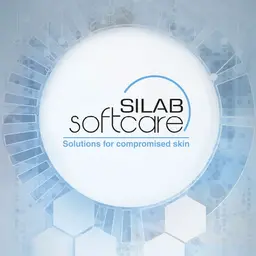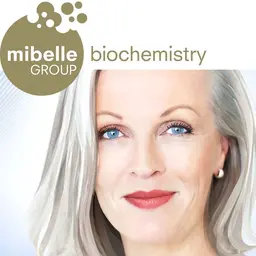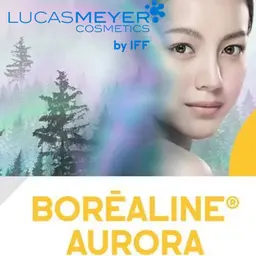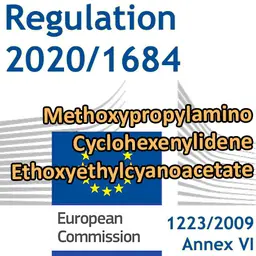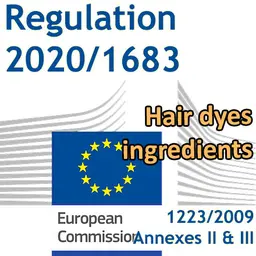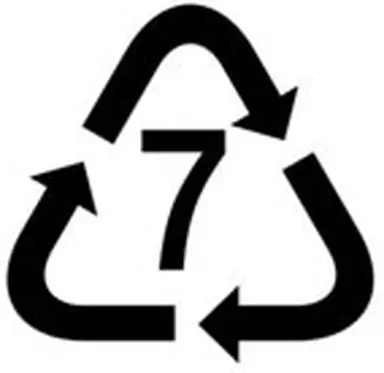
News has just came out: Europe decided to ban (as have already done Canada and France) the production of baby bottles containing Bisphenol A and their commercialization. This substance, contained in polycarbonate plastics, is indeed considered as a "concern for the fertility of the human species" and may be found in many everyday products. What about our cosmetic products?
November 26, 2010
Bisphenol A
is a synthetic chemical that goes into the manufacture of many plastics. It is a constituent of epoxy resins which are used for internal coatings of cans but also of polycarbonate, used in the production of certain bottles and other containers intended for food contact.
We know that Bisphenol A is an
endocrine disruptor
that mimics estrogen, the female sex hormone, and may change the hormonal functioning of the human body, representing a risk for reproduction.
We also know that it can migrate from the plastic container to the product it contains, thus contaminating the milk in bottles or food on cans … and therefore the body that ingests them.
Finally, we know, since the publication of a study of French INRA, that Bisphenol A can also enter the body through the skin.
Hence the concern of some consumers: can we be exposed to Bisphenol A through cosmetic products, including washing gels contained in plastic bottles or creams available in tubes?
A priori, the answer is no.
Plastics in cosmetics
Polycarbonates containing Bisphenol A (rigid and translucent plastic) are not actually used in cosmetic industry, which prefers polyethylene (PET, HDPE, LDPE …) or polypropylene (PP …




